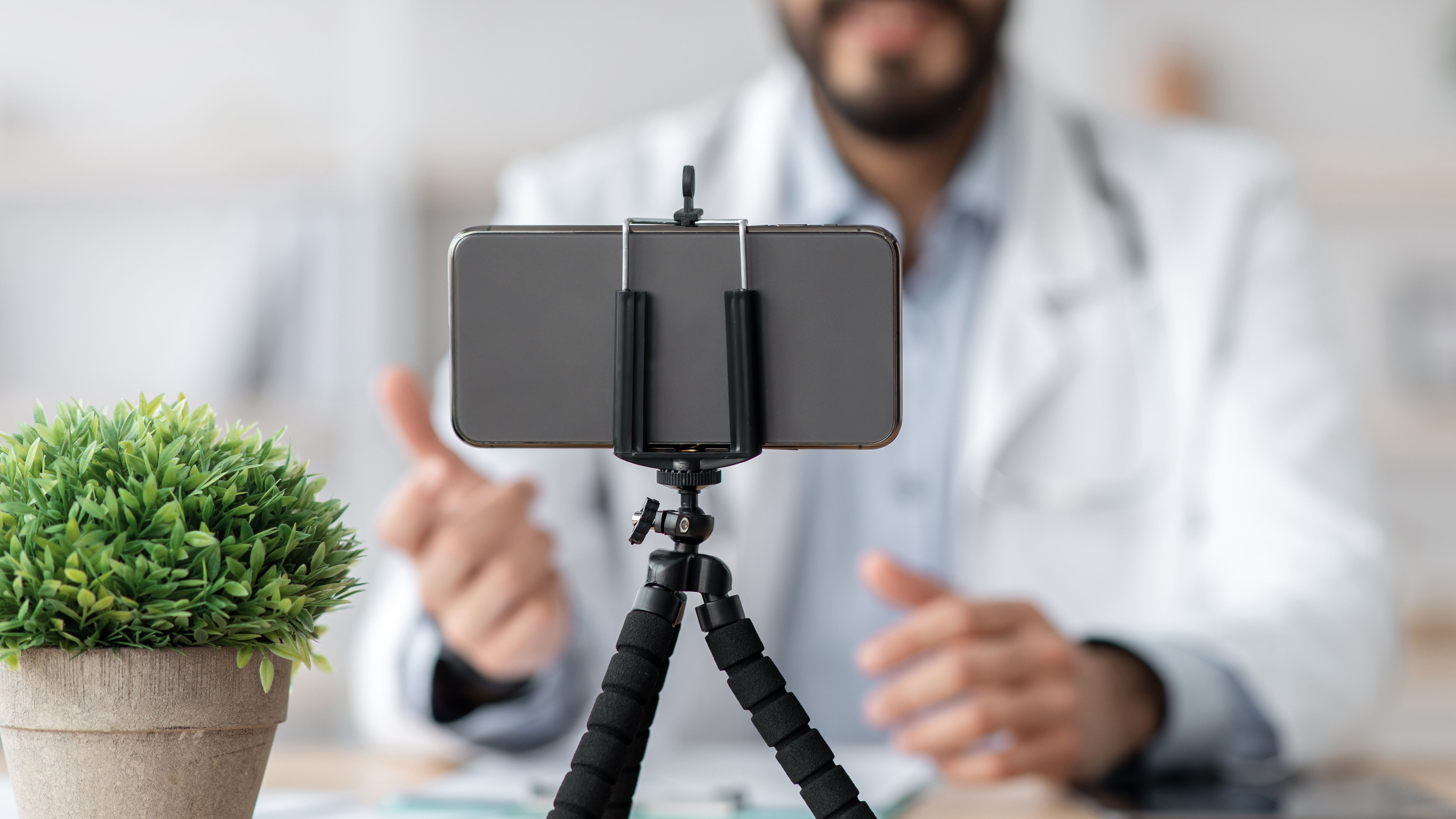- Case-Based Roundtable
- General Dermatology
- Eczema
- Chronic Hand Eczema
- Alopecia
- Aesthetics
- Vitiligo
- COVID-19
- Actinic Keratosis
- Precision Medicine and Biologics
- Rare Disease
- Wound Care
- Rosacea
- Psoriasis
- Psoriatic Arthritis
- Atopic Dermatitis
- Melasma
- NP and PA
- Skin Cancer
- Hidradenitis Suppurativa
- Drug Watch
- Pigmentary Disorders
- Acne
- Pediatric Dermatology
- Practice Management
- Prurigo Nodularis
- Buy-and-Bill
Article
Creating a Telehealth Experience For Postoperative Appointments
Laura Rezac, MD and her colleagues evaluated a teledermatology postoperative follow-up model after Mohs Micrographic surgery.
New research showed the value of giving patients the virtual option for follow-up appointments and ways to utilize MyChart and Epic software to evaluate a patient’s surgery outcomes. During the clinical abstract session “Evaluation of a Teledermatology Postoperative Follow-up Model after Mohs Micrographic Surgery,” Laura Rezac, MD, and dermatology resident at The University of Mississippi Medical Center in Jackson, Mississippi, demonstrated the role telehealth can have in dermatologic surgery practice at the 2023
Laura Rezac, MD

American College of Mohs Surgery Meeting in Seattle, Washington.
The study aimed to evaluate the feasibility, efficacy, and patient attitudes towards use of asynchronous teledermatology for routine follow up after Mohs Micrographic surgery (MMS). Rezac and her fellow researchers selected patients who underwent MMS at the University of Mississippi and had access to a smart phone or computer with internet connectivity. The workflow paradigm after surgery included generating the virtual encounter, encouraging a patient response, and a surgeon reviewing the response.
About 4-8 weeks after a patient’s procedure, they were contacted via email or text to inform them of their virtual follow-up. The link provided to them connected right to their MyChart account. After logging in, the patient was prompted to upload photos of the area operated on. They could upload photos using their device’s camera or by uploading a file or photo from their device’s file storage app. There were a few additional questions to answer before submitting to the surgical staff. The surgeon then reviewed responses from the virtual follow up appearing in their Epic inbox and had the opportunity to respond via MyChart message.
After the virtual follow-up, patients were surveyed on the difficulty level and overall feelings toward a telehealth postoperative appointment:
- More than 80% of patients in the study reported the virtual follow-up was “easy” or “very easy,” while less than 4% said it was “difficult” or “very difficult.”
- 89% of patients shared they did not feel like an in-person visit after surgery was necessary.
- More than 75% said they prefer an electronic follow-up appointment.
- 91% reported they would be willing to go through an virtual follow-up appointment after surgery again.
There were a few limitations to rolling out telehealth in a dermatologic surgery setting noted in the study including the impact of reduced live interaction, taking time to train staff, technological proficiency of patients, and selection bias.
In conclusion, Rezac noted that streamlining the process of follow-up appointments after surgery is essential. A supermajority of patients in the study preferred this method to in-person for the flexibility and convenience.
Earlier today, Dermatology Times® posted a poll about whether you would consider telehealth options in Mohs surgery. We would love to hear from you!
Reference
1. Rezac, L. Evaluation of a teledermatology postoperative follow-up model after Mohs Micrographic surgery. Clinical abstract. Presented at 2023 American College of Mohs Surgery Meeting. May 4-7, 2023; Seattle, Washington.







